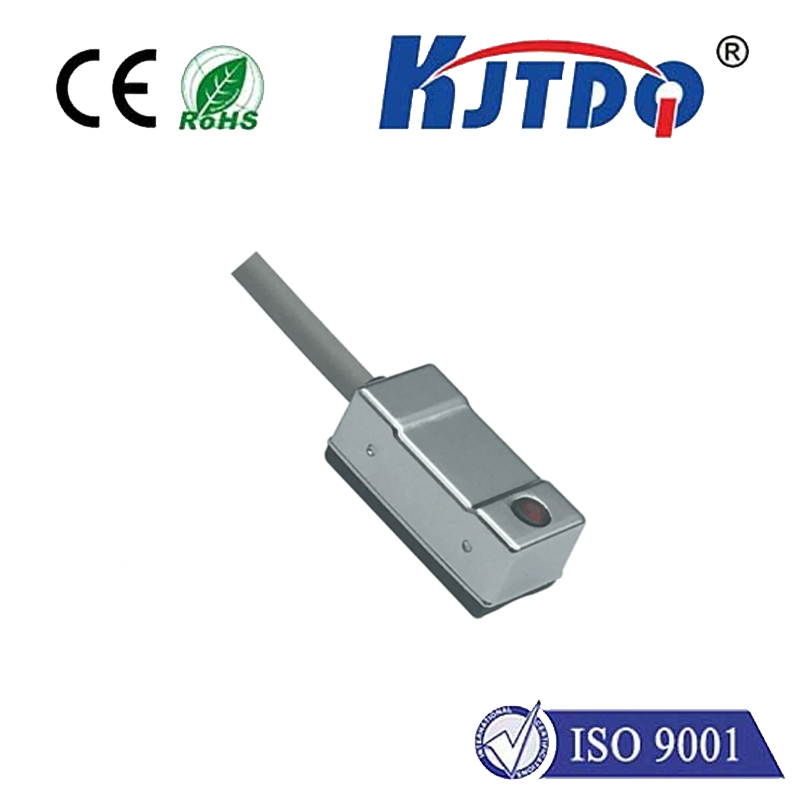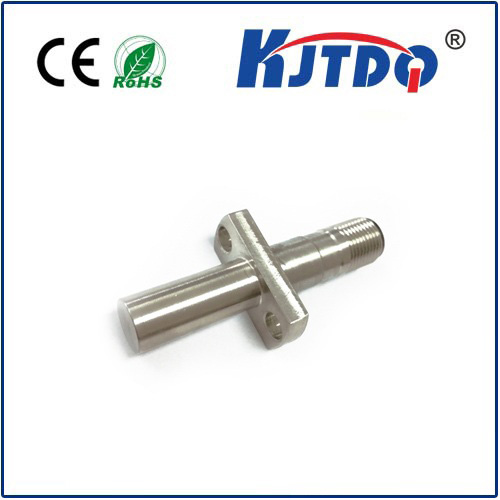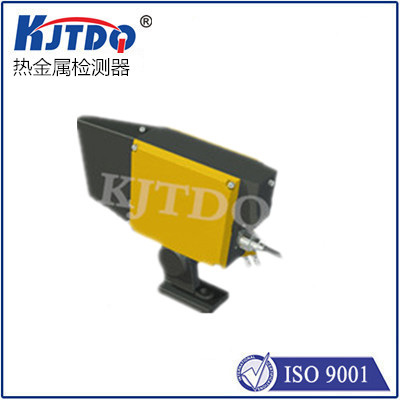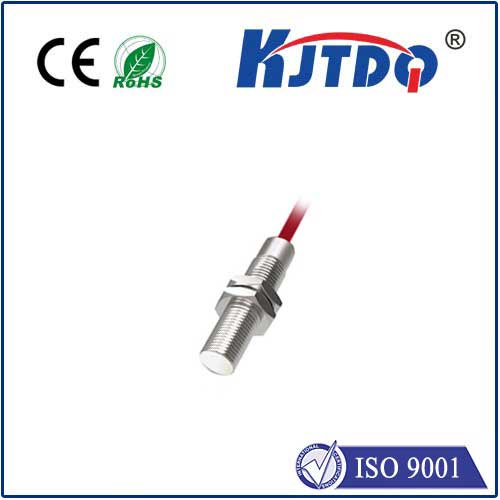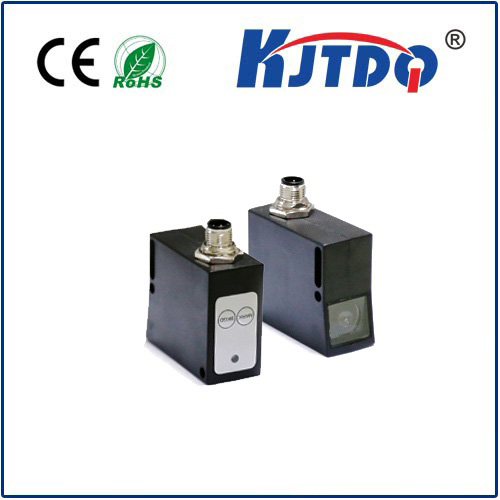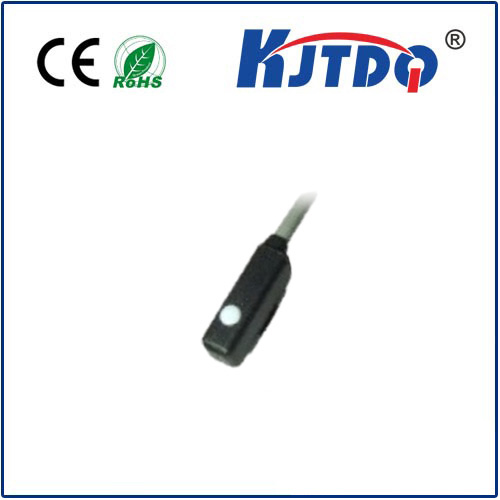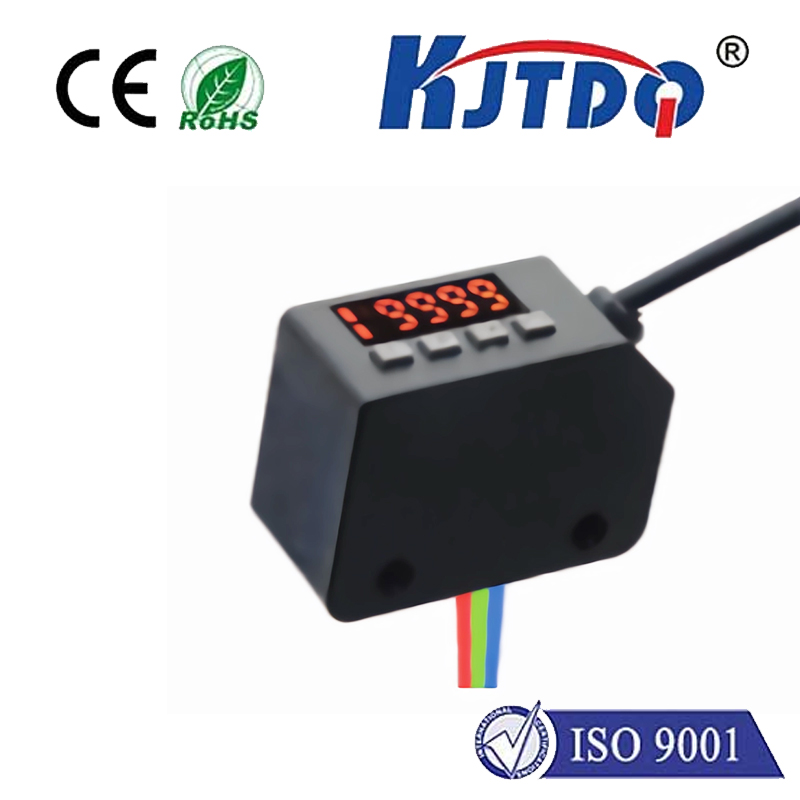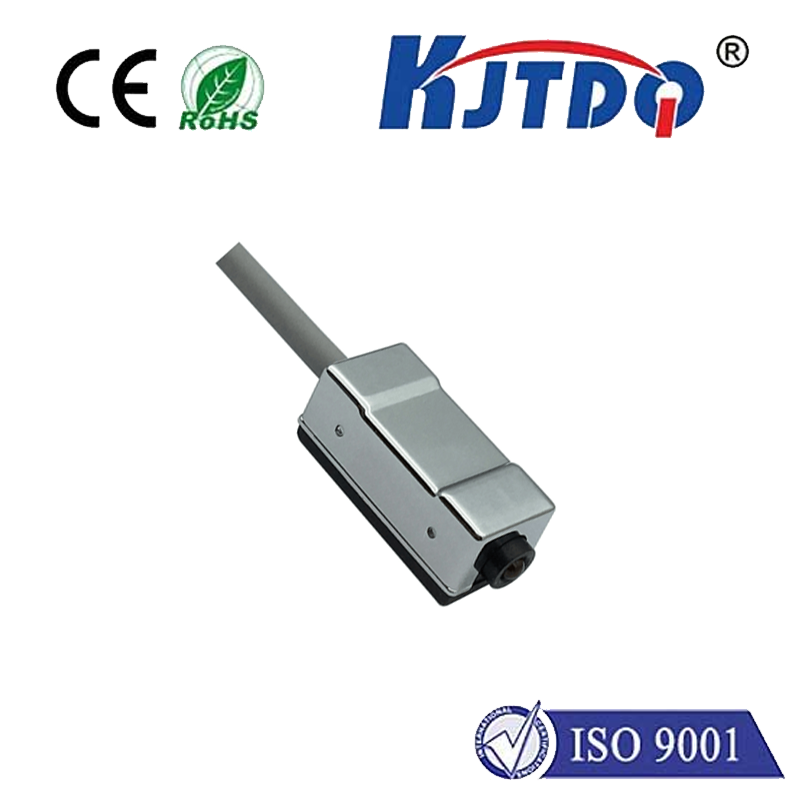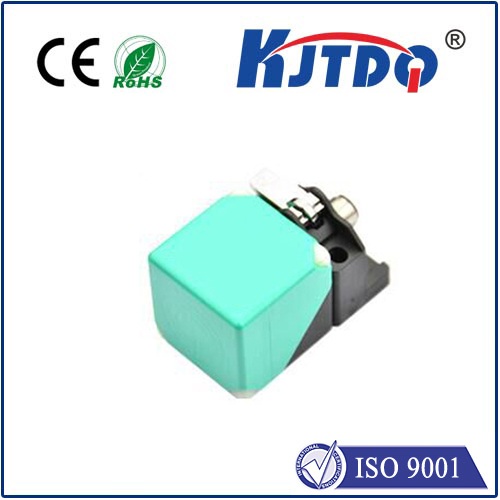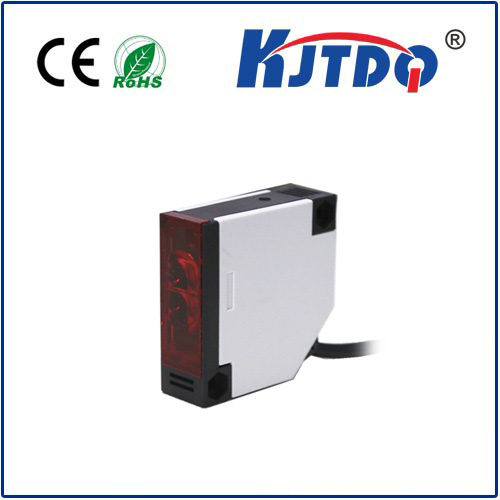
check

check

check

check
In the age of heightened security concerns, the importance of proximity sensors cannot be overstated. These cutting-edge devices are increasingly being integrated into a wide range of modern settings, from industrial facilities to residential homes, to enhance safety and privacy. This article explores the key roles that security proximity sensors play in safeguarding our assets and protecting sensitive information.
Section 1: Definition and Function of Security Proximity Sensors
A basic understanding of what these innovative devices do is crucial in appreciating their significance. Security proximity sensors use electromagnetic radiation or ultrasonic waves to detect and alert on the presence of intruders or unauthorized individuals near designated protected areas. They can be employed in various applications, such as entry/exit control systems, asset tracking, and even crime prevention.
Section 2: Enhancing Safety in Industrial Settings
Proximity sensors have revolutionized industrial safety by allowing for real-time monitoring of working environments. By detecting the presence of workers who may be in danger due to hazardous conditions or operations, these sensors can trigger alerts and prevent accidents before they happen. For instance, they can be used to monitor the movements of employees in high-risk areas, such as chemical plants or construction sites.
Section 3: Protecting Residential Homes and Public Spaces
In recent years, security proximity sensors have found a place in residential homes and public spaces like airports, malls, and government buildings. These sensors can detect the presence of strangers within a certain distance, which can be an effective way to deter burglars and other criminal elements. They can also be used to locate lost children or adults in crowded areas, increasing the chances of timely retrieval.
Section 4: Privacy and Data Protection
While security proximity sensors are designed to enhance safety, there are concerns about their potential impact on privacy. As these devices collect data on people's movements and activities, there is a risk that this information could be misused. To address these issues, it is essential to implement robust privacy policies and ensure that user consent is obtained whenever personal data is collected.
Conclusion
Security proximity sensors represent an important step forward in the ongoing battle to protect our assets and maintain public safety. Their capabilities continue to evolve as technology advances, making them an indispensable tool in many different industries. However, it is equally important to balance their use with respect for individuals' privacy rights and ethical considerations. By striking the right balance, we can harness the power of these advanced sensors to create safer, more secure environments for all.
